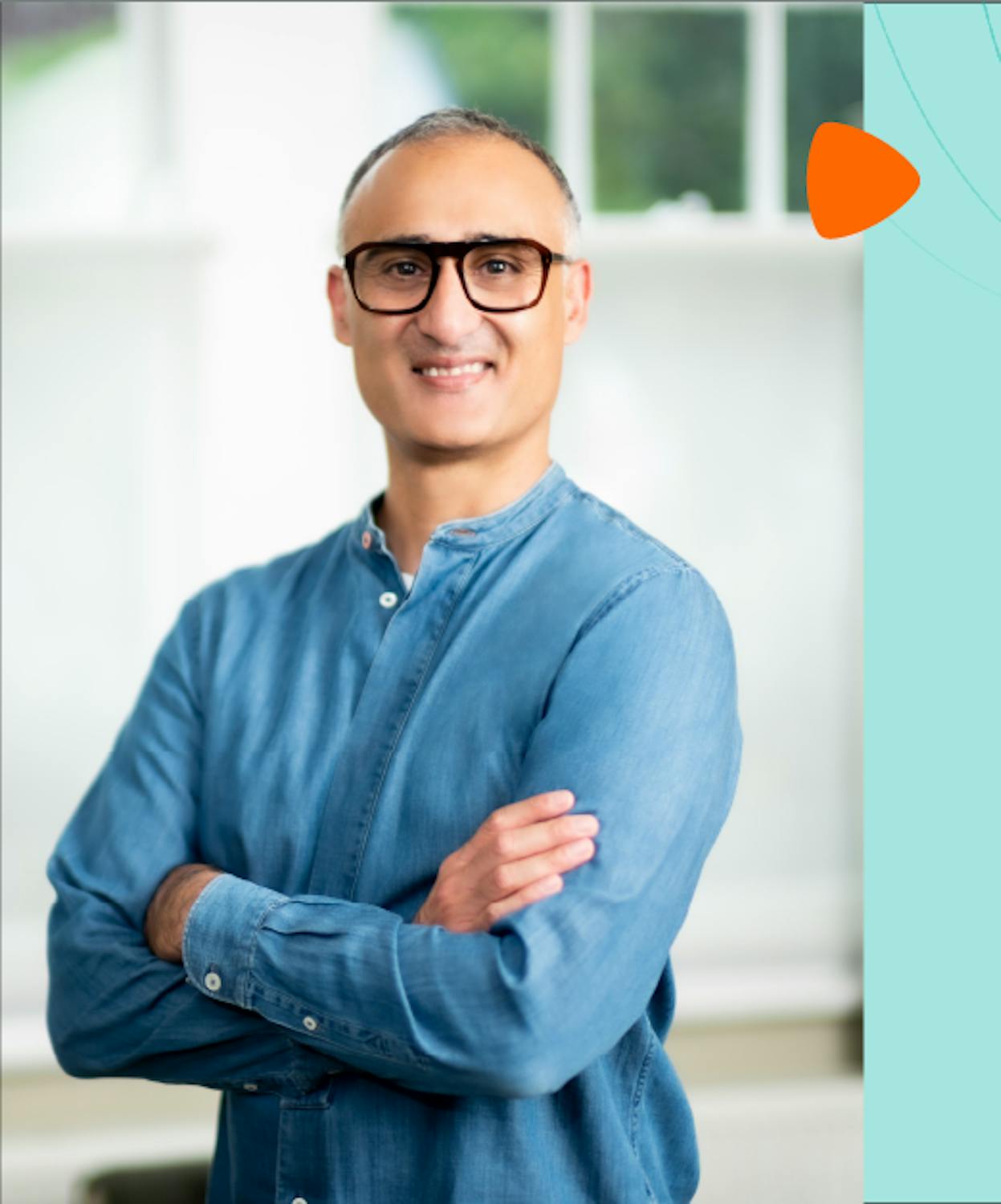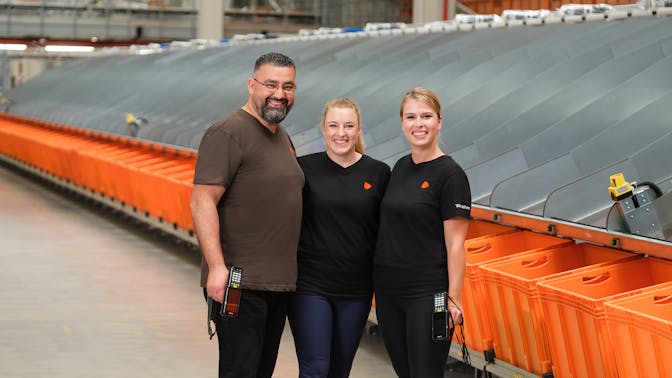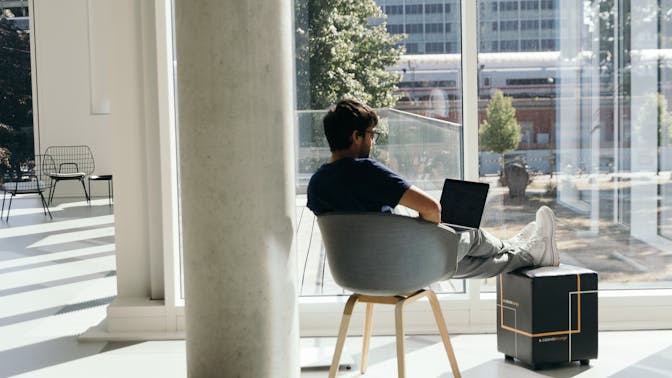
Reimagining packaging with Masood Choudhry
To explain how we are approaching finding sustainable packaging solutions, we talked to Masood Choudhry, SVP Logistics.
5 min
07 April 2022

In 2019, we outlined our vision to become a fashion platform with a net-positive impact for people and the planet in our sustainability strategy, do.MORE.
At the core of the strategy are measurable and science-aligned goals across the categories of planet, product and people, which we have set out to complete between 2023 and 2025.
Throughout 2021, delivering on our sustainability targets remained a top priority for us. This can be seen in our second standalone Sustainability Progress Report 2021 where we share our learnings and insights with the progress we’ve made over the last two years.
We’ve built important foundations regarding some dimensions like carbon footprint, packaging, ethical standards, reskilling, circularity, and assortment, while we’re still in testing mode on others.
Our goal is to lead change and move the fashion industry forward.
As an e-commerce platform, rethinking how we do packaging is a big part of building more sustainable practices. To explain how we are approaching finding sustainable packaging solutions, we talked to Masood Choudhry, SVP Logistics.
As a sponsor of Reimagine Packaging, which achievement are you the most proud of and why?
2021 saw us starting on this journey and we’ve made good progress by heading in the right direction. In December 2020, 88% of our shipping bags were made out of single-use plastics. At the end of 2021, we had reduced this to 37% by switching to paper shipping bags. Customer satisfaction in terms of eco-friendliness of our packaging grew more than 16 percentage points over the same period, so our customers are noticing the improvements we’ve made.
What would make me really happy would be to eliminate single-use plastic altogether and introduce some reusable packaging into the mix.
As SVP Logistics, what is your team currently working on to contribute to the goal?
When it comes to packaging, we’re about 65–70% through the process of rolling out paper shipping bags, which will completely eradicate single-use plastic shipping bags for our customers.
The second-biggest element of single-use plastic are the polybags that we ship our individual products in. With our private label brands we have reduced the sizes of those polybags by folding products more efficiently into smaller polybags. And we were able to avoid 69 tonnes of single-use plastics with the new folding technique initiative.
We are also looking for other alternatives and in 2022 we’re going to test reusable concepts to address this industry-wide challenge. The pilot will be really important because the circular dimension of the packaging will reduce waste by, hopefully, utilizing it a number of times.
We already expanded our research into reusable shipping bags through a pilot we did in Sweden, where we asked customers to return their shipping bags to us. And we were quite successful in getting bags back from customers who strongly felt that returning shipping bags fit with their values. However, we also had several challenges, which we are currently addressing for the next iteration.
We feel that this is the right future step to investigate and the direction that sustainability is moving in. Rather than sending millions of parcels per year in bags that are never going to be used again just imagine how powerful it would be if we could find a customer and environment friendly solution, where customers were bought into the idea of sending the packaging back to us so that we could use it again. This however, needs to be done in a way that is convenient for the customer and scalable for us.
We’ve been using plastic void fills to cushion products, and avoid damage during transportation, and we’re now trialing paper-based void fills instead. At the same time, we are looking into the fact that we are still shipping too much air in our parcels. By optimizing our current packaging portfolio, we are working on reducing the need to use void fill all together. We’re hoping that it’ll give us further insights into what a future could look like without single-use plastic in our packaging.
Which future milestone are you the most excited about reaching and why?
I’m most excited about the idea of finding an alternative solution to polybags. We have more than 100 million items in our warehouses and a large proportion of the stock use plastic polybags which are still made of single-use plastic. So finding a more sustainable alternative to that would be really powerful and it would be something that we can share across our platform with our partners.
We’ve been working on a project with a number of brand partners to find an alternative to single-use plastic polybags, as they have the same challenges and goals in terms of finding sustainable solutions. And it’s important that we consider the kind of requirements that our suppliers and partners have as well, because we’re not only developing a solution for ourselves and our private labels. This alternative would also be used in our return centers, when we refurbish products from our customers.
So by figuring out how we can use these bags to help the industry find a practical alternative to single-use plastics, our research gains a much bigger purpose because the majority of our items come from brand and retail partners who also use polybags. That is where we can help find a solution for everyone using the Zalando platform.
If you enjoyed this interview and feel inspired to learn more, then please find our 2021 Sustainability Progress Report here.
You can also visit our Sustainability hub here and check out open positions on our careers site here.

